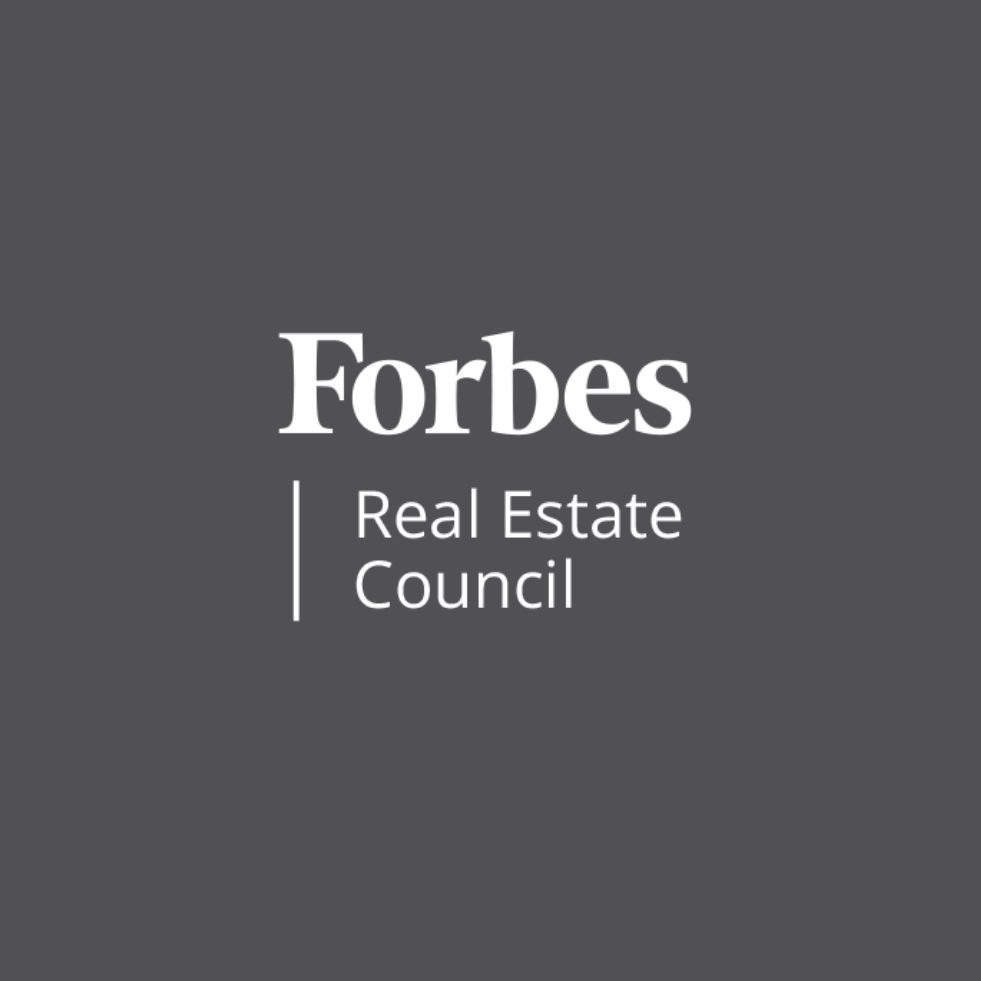

The apartment leasing industry is currently in its busy season. This busy season looks very different from last year’s, which is why marketing efforts and website strategy must be designed to convert traffic to leases. My company leased over 3,000 apartments last year, and even though we have converted to an entirely remote leasing experience, we are still leasing over 50 apartments per week right now and on track for similar results in 2020. Here are a few tips on how to increase your website traffic to generate qualified leads and fill apartment units.
Marketing typically starts long before pre-leasing and leasing. The marketing team needs to share the overall marketing plan, particularly digital marketing, paid search advertising, email campaigns and social media, with the leasing team so they understand how people are discovering the property and how marketing is driving leads.
I have been in numerous meetings with developers and owners who think a website is “just” a digital brochure. Particularly with new construction apartment buildings, a website is likely the first interaction a prospective renter has with the brand and building. In this instance, first, deliver a pre-launch website before launching a full site. The pre-launch website should not include pricing, availability or all photography, and should be designed to build excitement and generate leads with a simple conversion form. Then, tie the launch of the full website to a large announcement at the property, such as a rendering or photography reveal.
When launching a full website, it is about creating excitement and offering something new for the prospective renter. In today’s sight unseen/remote world, I can see many properties uploading full 3D video tours right onto their site without a gate or barrier to access it. This is a missed opportunity for your leasing team to build rapport with the prospect as well as give your team the ability to share exclusive content. Taking someone on a “remote tour” where you are sharing your screen with a prospect and helping them understand what it feels like in the lobby, hallways and apartments is the remote leasing key to success. In addition, during this time where so many showings are occurring remotely, it is crucial to inform website visitors that you are offering this option. Implement a pop-up on all websites with messaging about “searching for your new home from the comfort of your home.”
Another tip is to focus the website call to action on “schedule a showing” versus “apply now.” The vast majority of websites encourage the user to apply now. But the reality is that people do not come to apartment websites to apply prior to a tour or interaction with the leasing team. People visit apartment websites to see beautiful photography, learn about the property and review pricing and floor plans. When someone is ready to apply, they will let the leasing team know, and you can then direct them to a link on the website or send them a link directly. It does not need to be in the header.
The goal of an apartment website is to have someone schedule a showing to view the property. It’s on the leasing team to help them apply.
Photography, videography, renderings, 3D tours and other visual elements are more important than ever to lease apartments. High-quality visuals are the expectation in the marketplace. Visual assets should be shared strategically. Consider that the third most visited page on our apartment websites behind the home page and floor plans page is the gallery page. Be sure to have this and select only the best photos. The user does not want to scroll through 88 photos of every floor plan and stock photos. They want to get a glimpse of the property and schedule a showing. Make it a compelling experience.
Another tip is to not include 3D tours on your site. Rather, include those in personalized email follow-ups. When you have the 3D tours on the site, there is less of a reason for a prospect to schedule a tour, especially in the current environment where digital assets are replacing the in-person tour. You need to keep something for your team to show.
I am always surprised how many apartment websites do not have the word “apartment” anywhere on the site. Often, marketing teams get caught up in using terms like “residences” or “flats.” This can immediately cause confusion about if the property is condo or apartment, not to mention it is hurting search results. Keywords are one of the pillars of search engine optimization (SEO).
When writing copy for a website, think about how a prospective renter will search for an apartment. As an example, we know people frequently search “downtown apartments for rent.” Location keywords are also very important. Make sure the website names the city and submarket throughout multiple pages. Developing content that highlights the area and its attractions will also help with search results. After a strong SEO foundation has been established, search engine marketing (SEM) such as Google Ad Words campaigns, internet listing service (ILS) postings and social media should complement your website. And, extremely important is that marketing and leasing are on the same page.
Leasing agents will close more virtual showings than ever before during this year’s busy leasing season. I hope you will be able to take a few tips from this article to drive more traffic and conversions to your properties.
Read the Full ArticleLuxury Living is here to help you in all aspects of multifamily development. From pre-development consulting to marketing and leasing, we are Chicago’s multifamily leasing expert.